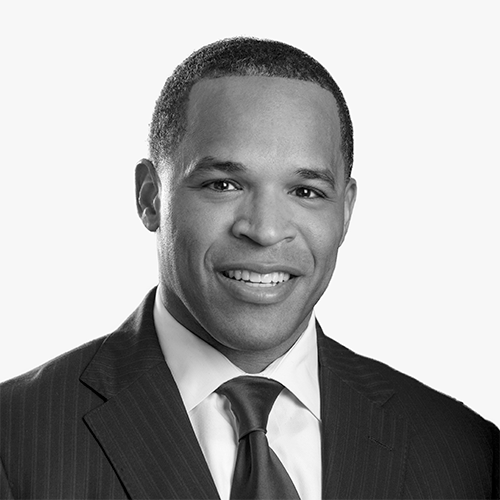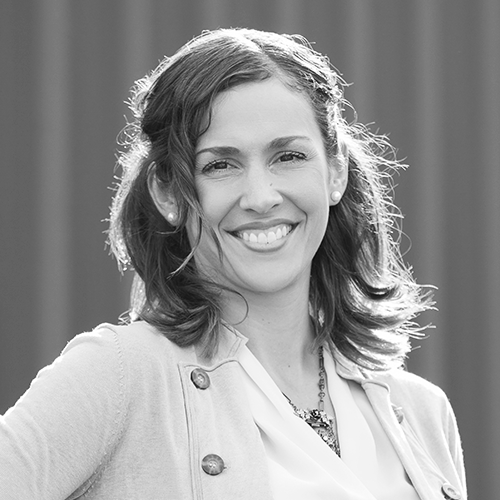LivingSocial—the company that offers daily discounts on restaurants, products, and events around the country—underwent many shifts in the past seven years. Jim Bramson experienced all of them.
When he started at LivingSocial in 2010 as a part-time lawyer, the office didn’t have a fully formed legal staff and focused on raising capital to grow its business internationally. Once the money needed was there, the company then began expanding in all areas of business—hiring more specialists and more international staff. As the operation grew larger and more complex, it also found itself overextended when the market changed.
So LivingSocial shifted gears to focus on a more US-centric business model. The pivot meant divesting and downsizing in all areas of the company. It also meant a role change for Bramson. Now, as general counsel and head of corporate affairs, he’s responsible for corporate development, strategic partnerships, intellectual property, and public relations functions.
In addition to wearing those hats, Bramson takes on the responsibility of running various business units throughout the company, something he took on when LivingSocial was reestablishing its strategic direction. This was also the case with the company’s divestiture process, which started in early 2015.
After finishing the final divestiture agreement at the end of 2015, Bramson and the rest of the team turned to further transitions, including hiring new staff and outsourcing the company’s customer service functions.
Before the divestiture, LivingSocial had its own dedicated customer service facility in Tucson, Arizona. Since March 2016, the company released this function to a domestic third party to manage the call center. For Bramson, it’s been a constant process of making sure the third party continues to provide customer-care services in a manner consistent with LivingSocial’s business objectives.
“It’s all about figuring out who those third parties are, developing those relationships, and managing them,” Bramson says.
The key to making these relationships positive ones for LivingSocial, he says, is putting communication and transparency at the forefront.
“Acknowledging the anxiety around change opens up opportunities for people to find personal development and find ways to impact the organization,” Bramson says. “We can’t ensure a level of stability that makes some employees comfortable, but it allows them to decide whether that’s a tenable situation for them to be in and have an honest conversation about that.”
Bramson is aware that these changes affect more people than just his department. The switch in the call-center function, for example, affected the technology team. The product team, meanwhile, needed to align with operations and customer services in order for the information to work. If those transitions weren’t tracked carefully, customer expectations stood to be potentially mismanaged.
All of these projects—divestiture, outsourcing, or changing operations procedure internally—are massive undertakings that Bramson says affect many people in different disciplines. Whether it’s the staff answering phones, sales teams, marketing personnel, engineers, or finance organizations, the entire company relies on one another.
“Nobody is an island who works alone,” he says, adding that he hopes to play a role in ensuring that the rest of the teams work with LivingSocial’s mission in mind. He also wants to keep teammates motivated and focused.
Though he doesn’t point to one project as a particular success, Bramson says he takes pride in his team and in what it has accomplished in a relatively short amount of time.
“What we’ve gone through since 2015 has been tough,” Bramson says. “We’ve had to change our goals as a business. People can get emotionally committed to a certain vision, and when you change that, it’s a hard thing organizationally for people to deal with. We had to let go of a number of employees who were good people. Those aren’t fun events. I feel like our team has worked well to get to this juncture and weathered a lot to get where they are now.”

